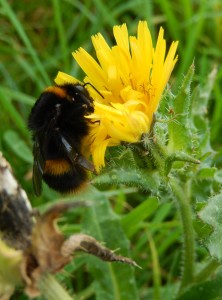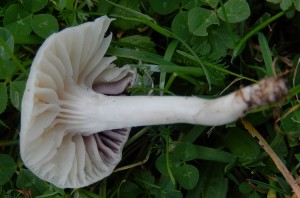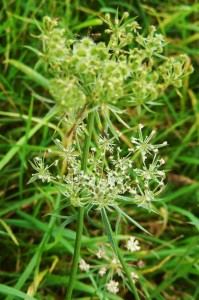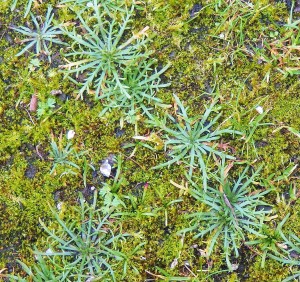
A quiet walk today around Wraysbury lakes: no birds sang, but at least 55 Mute Swans, 110 Canada Geese and dozens of Wigeon sat out on the eutrophicated water amidst masses of weed that has been there for months. A few very shy Gadwall, and some distant Shovelers dabbled; hundreds of Coots and Tufted Duck swam about everywhere; a few Great Crested Grebe were dotted about, one quite close and not shy.
There were plenty of other interesting wildlife sights, though. A Kestrel rose from a tall willow, screaming its high bell-like call repeatedly. Long-tailed tits chased in and out of the hedge bushes. Best of all, three Partridges, I presume Frenchies, raced off from the horse meadow. They’re a welcome sight; whether they’ll now be resident or just winter visitors is an interesting question.

A single loose cluster of four or five Snowy Waxcaps grew in the short, clover-rich grass; the species is said to be edible and good.

The meadow was longer than usual, rich in Yarrow, with quite a few stands of Pignut, both (remarkably) in flower in mid-November.

In the short mossy vegetation beside the path, these little blue-green plants formed elegant stars in the brighter, more yellow-green moss, a very delicate pattern.
The Crack Willow with its long leaves and incredibly delicate twigs (well named) was covered in small stinkbugs, like overgrown aphids, blackish and slow-moving but full of red ‘blood’, presumably enabling them to ignore most predators; I squashed half-a-dozen on my hand by accident while examining the leaves. The Sallow too was still in yellow autumnal leaf, but without evident resident herbivores.
